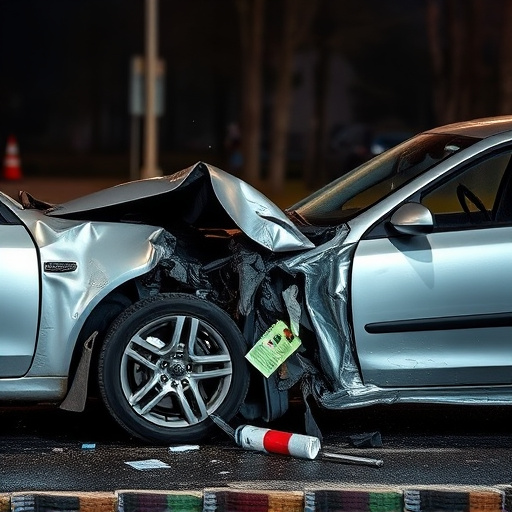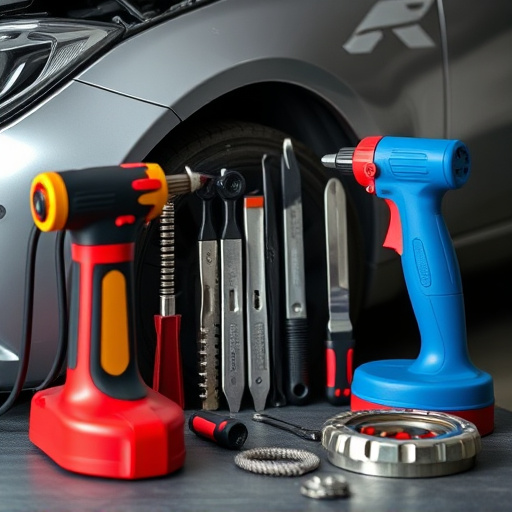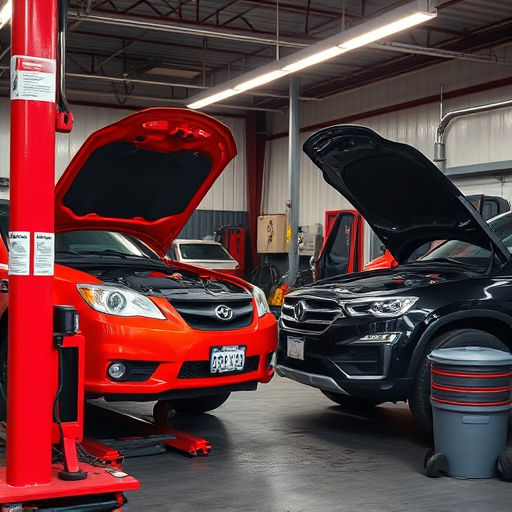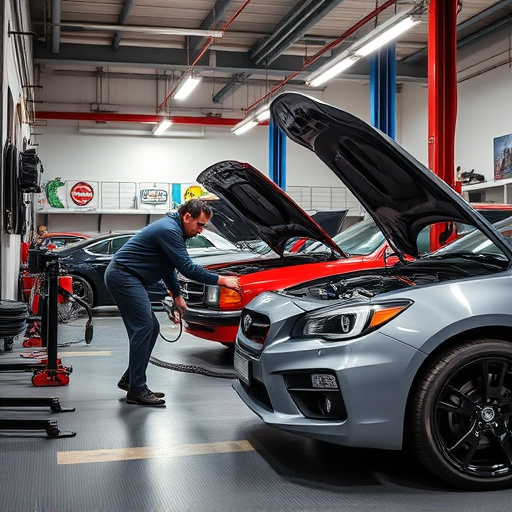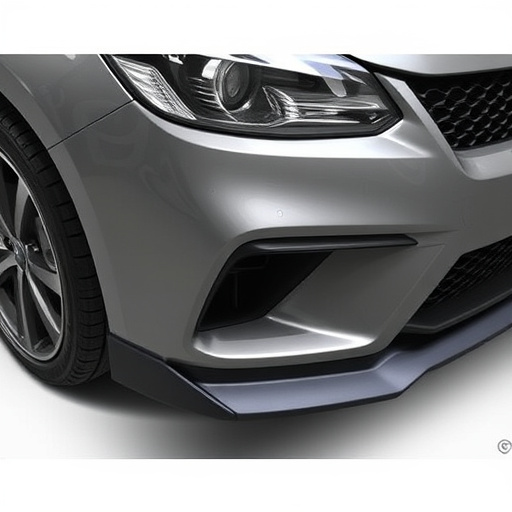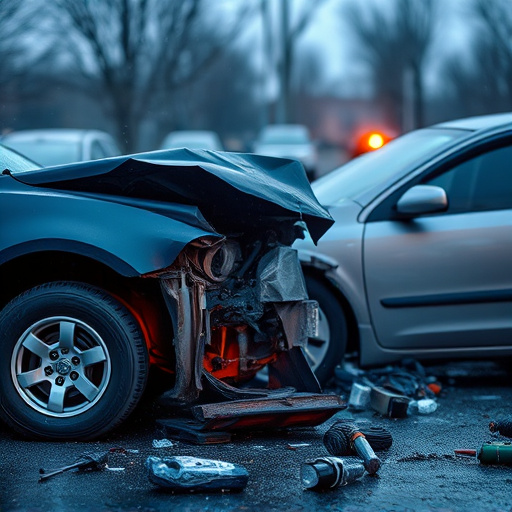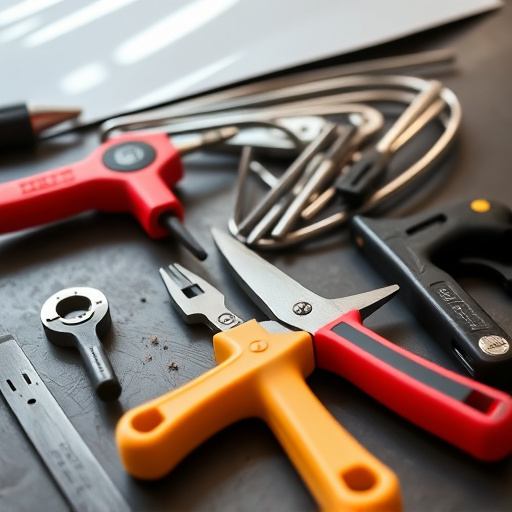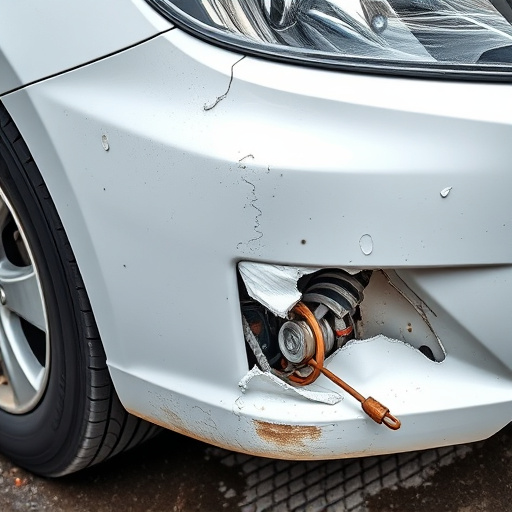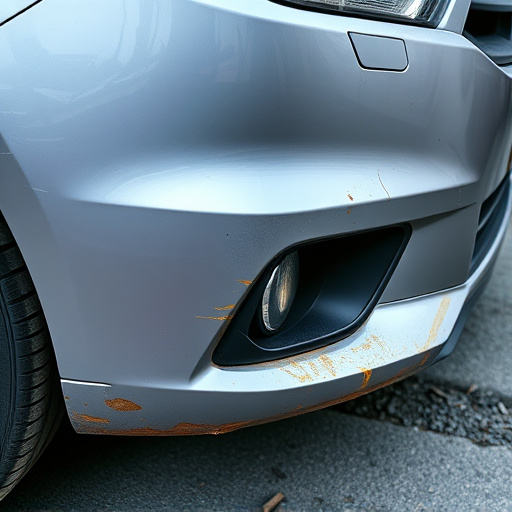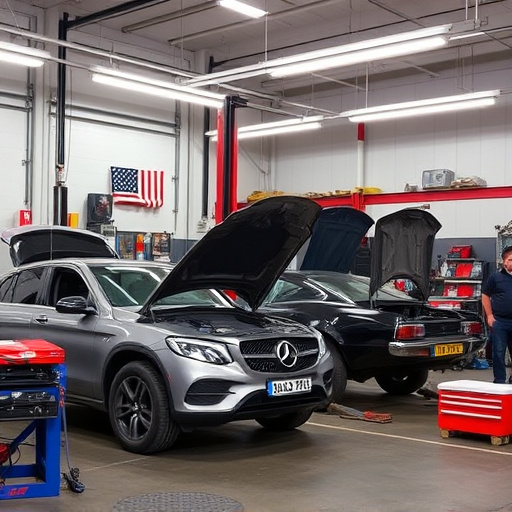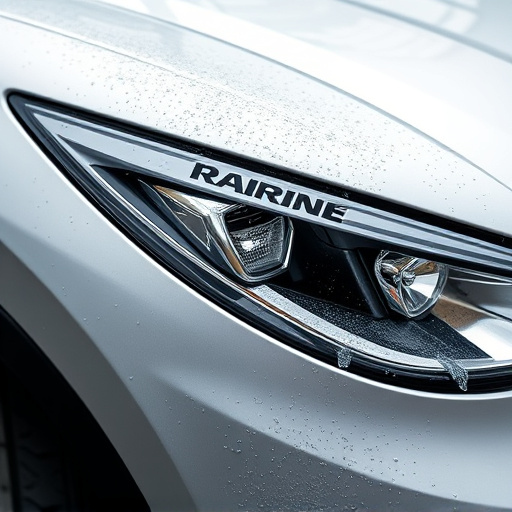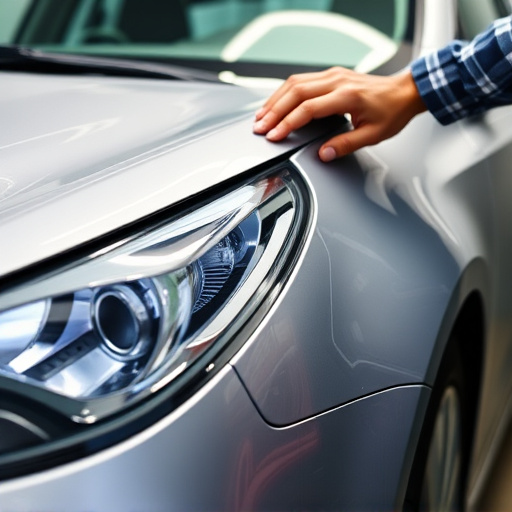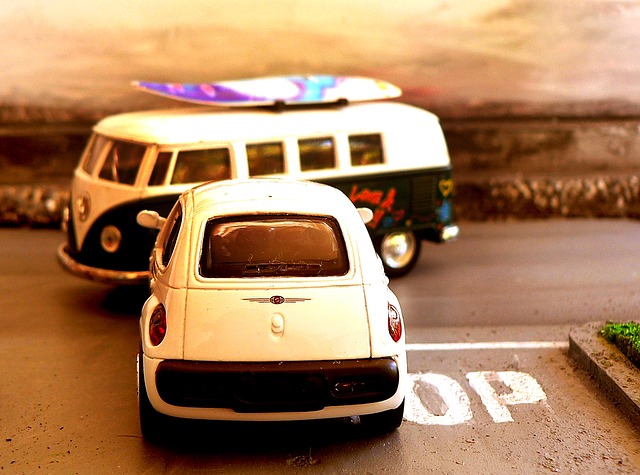Aftermarket auto glass installations demand skilled professionals to overcome unique challenges in collision repair. Precise measurements, high-quality sealants, and expert installation ensure secure fits, safety, and aesthetic standards. Quality, customer satisfaction, and comprehensive services from pre-accident conditions to aftercare cultivate business loyalty in a competitive market.
When installing aftermarket auto glass, there’s more to consider than standard options. This comprehensive guide breaks down the unique needs and extra steps involved in ensuring safe, high-quality installations. From understanding specific requirements to employing specialized techniques, we explore how to meet customer expectations while adhering to safety standards. Discover best practices for success in the aftermarket auto glass sector.
- Understanding Unique Aftermarket Glass Needs
- Additional Steps for Safe Installation
- Ensuring Quality and Customer Satisfaction
Understanding Unique Aftermarket Glass Needs
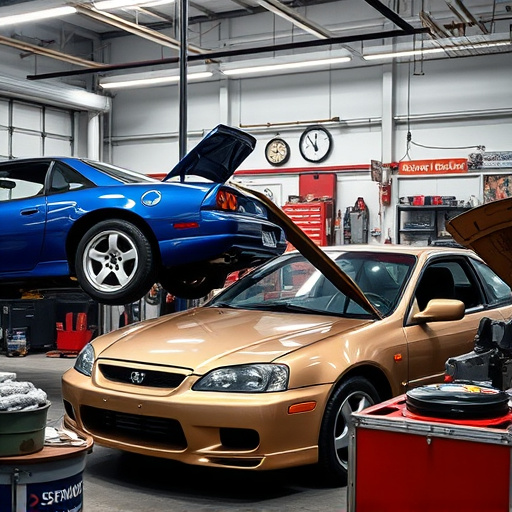
Aftermarket auto glass installations often come with unique challenges compared to factory-fitted glass. Each vehicle has specific design considerations, and after a collision or repair, these needs must be accurately assessed. This is where the expertise of a skilled collision repair shop or vehicle body shop becomes invaluable.
These professionals understand the intricate details of various car models and can provide tailored solutions. They employ advanced techniques to ensure the new glass seamlessly integrates with the existing vehicle structure, maintaining both safety and aesthetic standards. By leveraging their knowledge and resources, they offer comprehensive car repair services that go beyond simple replacement, enhancing the overall quality and performance of the aftermarket auto glass installation.
Additional Steps for Safe Installation
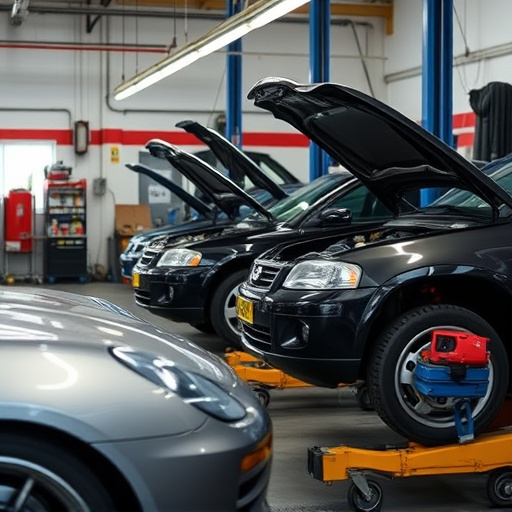
When installing aftermarket auto glass, there are several crucial extra steps to ensure a safe and secure fit. First, carefully measure the opening where the new glass will be placed, ensuring precise dimensions for an exact fit. This is especially important in complex car collision repair scenarios where the original glass may have been distorted or damaged during the accident.
Additionally, use high-quality sealants and adhesives designed specifically for aftermarket auto glass installations. This not only guarantees a watertight seal but also prevents air leaks, which can affect the vehicle’s overall performance and fuel efficiency. Remember that proper installation is key to enhancing safety and preventing future car damage repair needs, especially in the event of another collision or harsh weather conditions.
Ensuring Quality and Customer Satisfaction
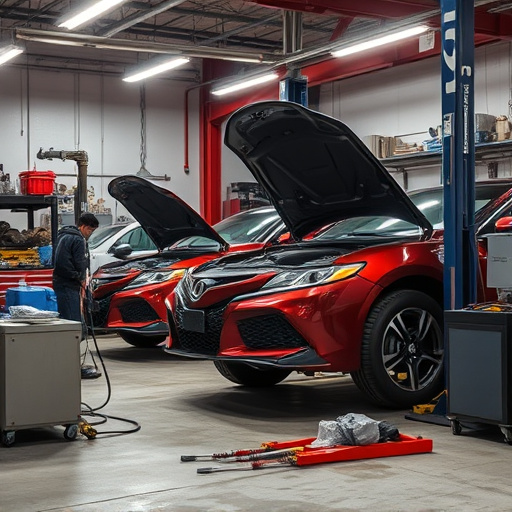
When it comes to aftermarket auto glass installations, ensuring quality and customer satisfaction should be a top priority. Every step of the process, from measuring and ordering the correct glass to skilled installation, plays a crucial role in achieving a seamless fit and clear visibility for the vehicle’s occupants. High-quality glass, properly fitted, not only enhances safety but also contributes significantly to the overall driving experience.
Customers expect their vehicles to be restored to pre-accident condition, if not better. Therefore, professional installers must go beyond simply replacing broken glass. Services like scratch repair and automotive collision repair are often required to restore the vehicle’s exterior to its original state. Additionally, addressing minor dents through vehicle dent repair ensures that the car looks as good as new. By combining top-tier glass products with meticulous installation techniques and comprehensive aftercare services, businesses in the aftermarket auto glass sector can cultivate customer loyalty and maintain their competitive edge.
Aftermarket auto glass installations, while offering customization and enhanced aesthetics, require a nuanced approach. By understanding specific needs, implementing careful installation practices, and prioritizing quality, professionals can ensure customer satisfaction with these specialized services. These extra steps not only safeguard against potential hazards but also contribute to the longevity of aftermarket glass components, proving that attention to detail is key in this domain.
